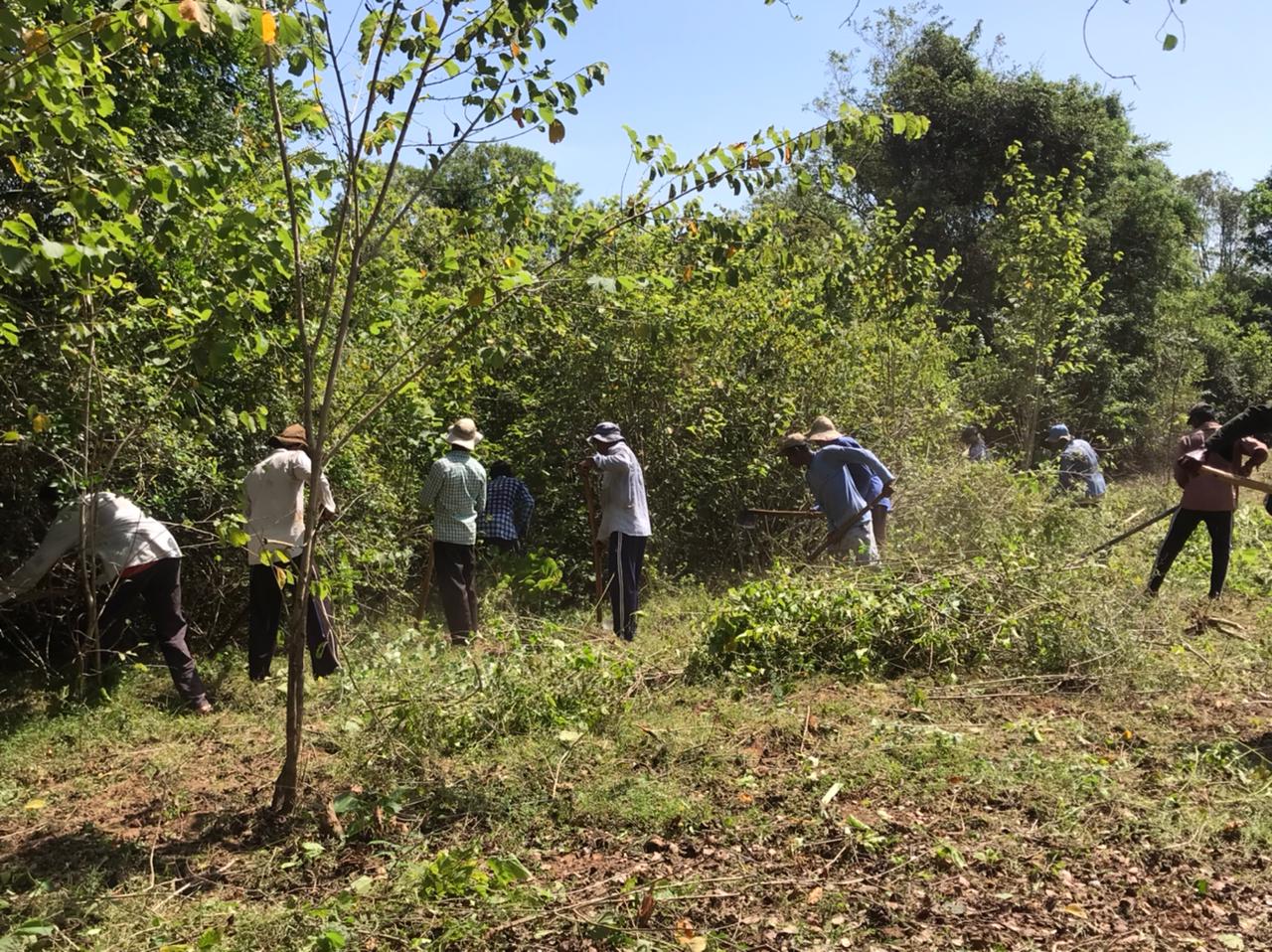

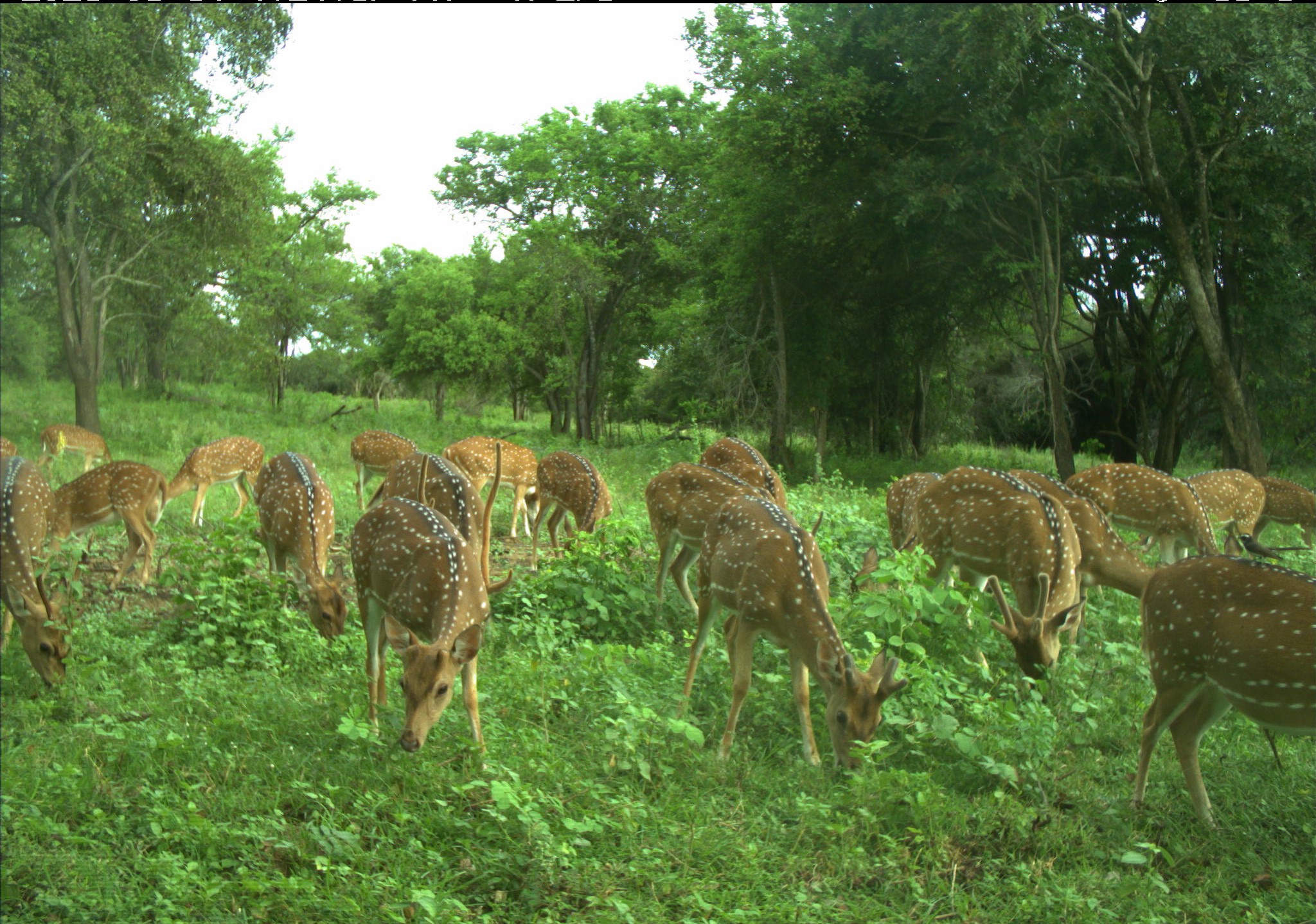
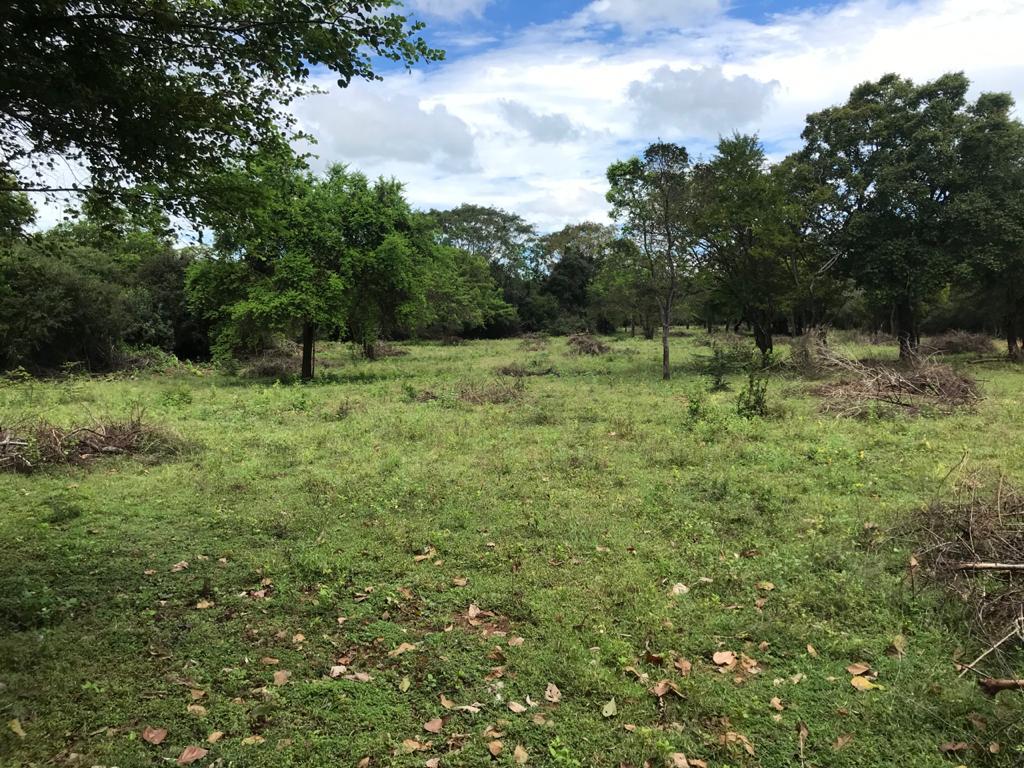

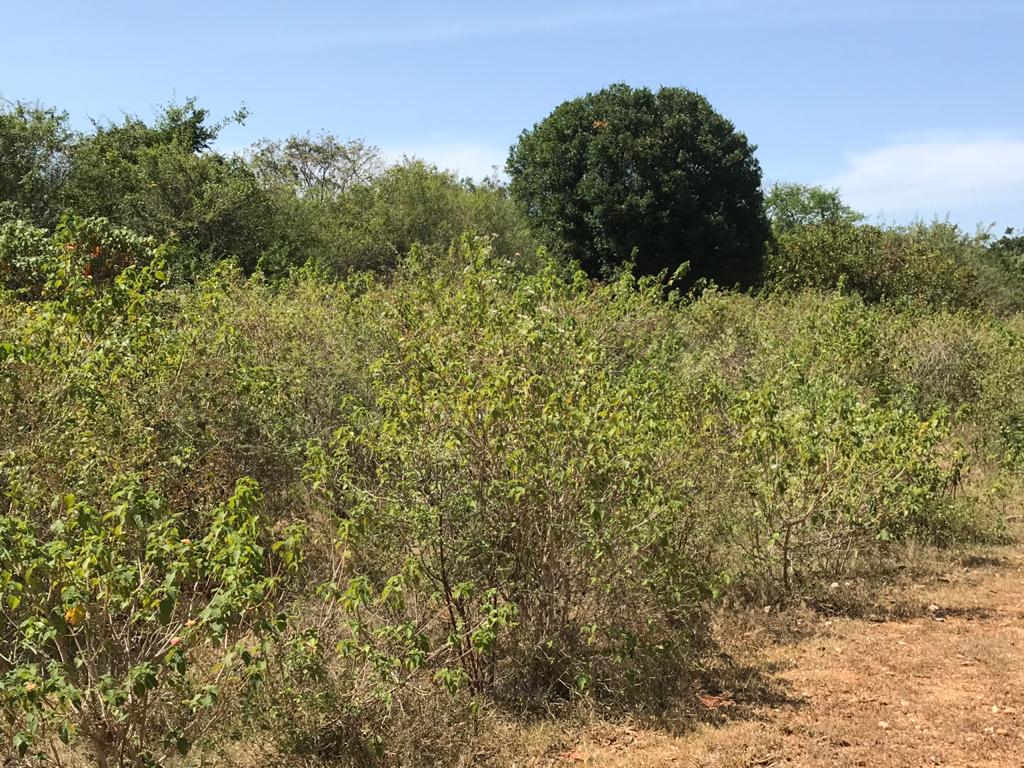

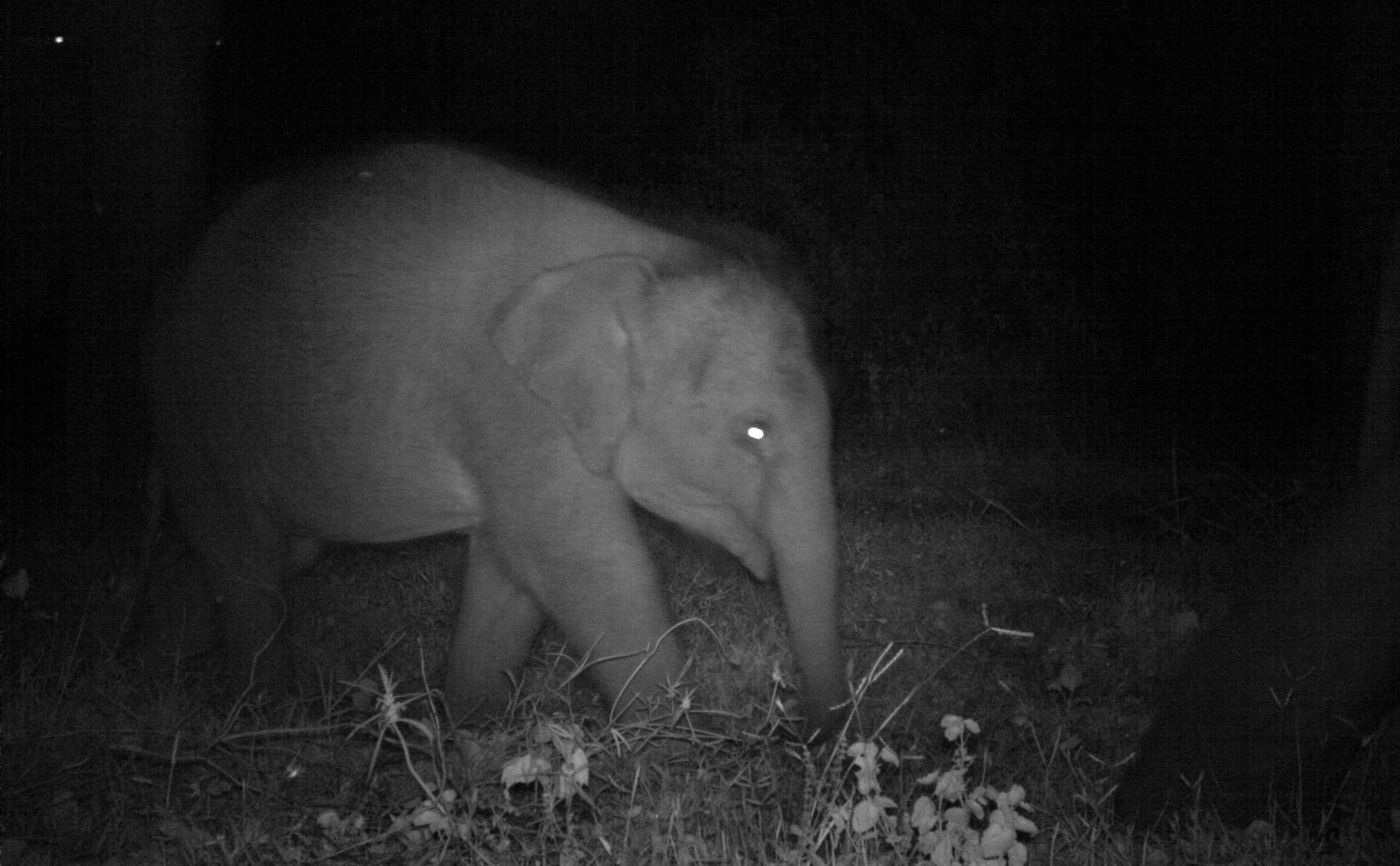
Using manual labour allows for selective removal of invasive plants. This protects the other native vegetation in the area, allowing for the native vegetation and grasses to grow back in the following months whereas when using heavy machinery, the top layer of soil in addition to the grass and native vegetation are removed. Using heavy machinery also removes vital seed banks of native plants, which further facilitates the spread of invasive plants.
It is critical to remove the IAS before the seeds mature and disperse. Through this project, we aim to remove as much IAS growth as possible manually (inclusive of roots), before they shed seeds. The remaining plants, which are more difficult to uproot, will be removed via a ‘slasher’ and the roots will be removed manually, at a later stage, when the soil is moist and plants may be easily uprooted. FEO has observed regrowth of grass after a couple weeks of IAS removal and the growth of native vegetation inhibits the regrowth of invasive species in the cleared areas.
- Collaboration with Sabaragamuwa University to research on the most effective methods of removal and obtain scientific data on the prevalance, growth, and regeneration of invasive species.
- Previous experience of removal of other invasive species in other National Parks in Sri Lanka.
- Process of identifying the advantages of using manual removal - has a much higher percentage of regrowth of native species as opposed to using heavy machinery.
- Observed through our camera traps and research that the grass grows back within a few weeks and we have noticed that elephants, deer, and other herbivores are already grazing on cleared areas.